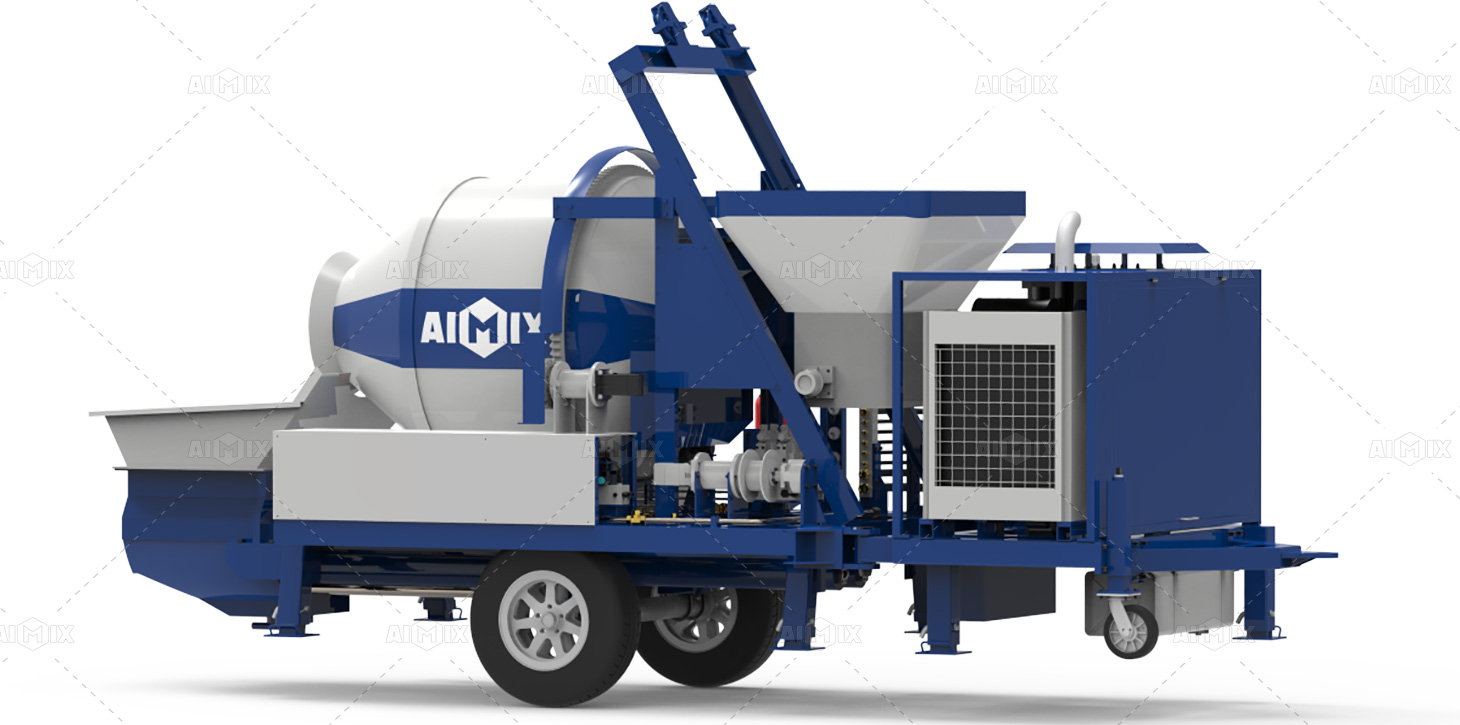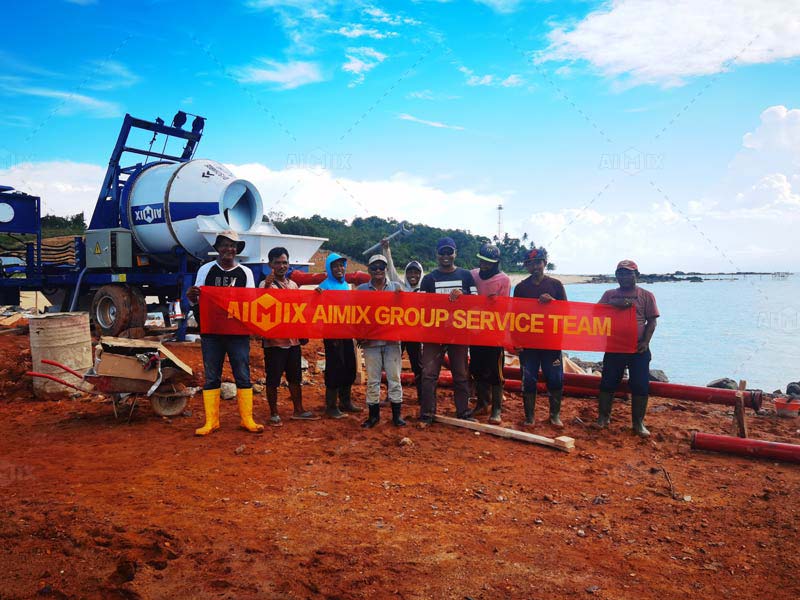Concrete pumps are essential equipment in construction projects, facilitating the efficient and precise placement of concrete. However, one crucial consideration that often arises is whether the weight of a concrete pump impacts its portability. In this article, we delve into this question, exploring the relationship between a concrete pump’s weight and its portability.
Concrete pumps come in various sizes and configurations, ranging from compact and lightweight models to larger, more robust machines. The weight of a concrete pump can significantly influence its portability, affecting factors such as transportation, maneuverability, and setup. Let’s explore this topic further.
Understanding the Impact of Weight on Portability
The Role of Weight in Transportation
The weight of a concrete pump directly impacts its transportation logistics. Heavier portable concrete pumps may require larger vehicles or specialized transportation equipment to move them between job sites. This can result in higher transportation costs and logistical challenges, especially when navigating tight or remote locations.

Maneuverability and Setup Considerations
The weight of a concrete pump also affects its maneuverability and ease of setup on-site. Heavier pumps may require additional manpower or equipment to position and stabilize them correctly. Moreover, setting up a heavy pump may take longer, delaying construction progress and increasing labor costs.
Impact on Job Site Accessibility
In construction projects with limited access or space constraints, the weight of a concrete pump can pose significant challenges. Heavier pumps may struggle to access narrow or elevated job sites, limiting their effectiveness and efficiency. This can result in delays and additional costs associated with alternative placement methods or equipment.
Factors Influencing Concrete Pump Weight
Size and Capacity
The size and capacity of a concrete pump play a crucial role in determining its weight. Larger pumps with higher output capacities typically feature heavier components, such as larger concrete cylinders, booms, and hydraulic systems. Conversely, compact concrete mixer pumps designed for smaller-scale projects may incorporate lightweight materials to reduce overall weight.

Construction Materials
The materials used in the construction of a concrete pump also contribute to its weight. Pumps constructed from heavy-duty steel or reinforced materials offer durability and longevity but may be heavier than pumps made from lighter alloys or composites. Balancing the need for strength and durability with portability is essential when selecting a concrete pump for a specific application.
Additional Features and Accessories
Certain features and accessories, such as extended booms, outriggers, and auxiliary equipment, can add to the weight of a concrete pump. While these components enhance the pump’s functionality and versatility, they may also increase its overall weight, impacting portability. Contractors must carefully evaluate the necessity of additional features based on project requirements and site conditions.
Strategies for Enhancing Portability
Utilizing Lightweight Materials
One approach to improving the portability of a concrete pump is to incorporate lightweight materials into its design. Manufacturers are increasingly utilizing advanced alloys, composites, and engineering plastics to reduce weight without compromising structural integrity or performance. Lightweight pumps offer greater flexibility in transportation and setup, making them ideal for projects with strict access requirements or limited space. View more info about the concrete pumps: https://concretemixerwithpump.com/concrete-pump-machine/.
Modular Design and Component Integration
Another strategy for enhancing portability is to adopt a modular design approach, allowing for the easy disassembly and reassembly of key components. Modular concrete pumps can be broken down into smaller, more manageable sections for transportation and setup, reducing the need for heavy lifting equipment and streamlining on-site assembly. Additionally, integrating components such as outriggers and booms into the pump’s frame can further optimize portability without sacrificing functionality.
Investing in Specialized Transport Solutions
For contractors regularly dealing with heavy or oversized equipment, investing in specialized transport solutions can streamline logistics and minimize costs. This may include utilizing flatbed trucks, low loaders, or hydraulic trailers capable of transporting large and heavy machinery with ease. By selecting the right transport solution for the job, contractors can overcome portability challenges and ensure timely delivery of concrete pumps to the job site.
In conclusion, while the weight of a concrete pump can indeed affect its portability, various factors, including size, construction materials, and design features, influence this relationship. By understanding these factors and implementing strategies to enhance portability, contractors can select the most suitable concrete pump for their projects while optimizing transportation, maneuverability, and setup efficiency.
